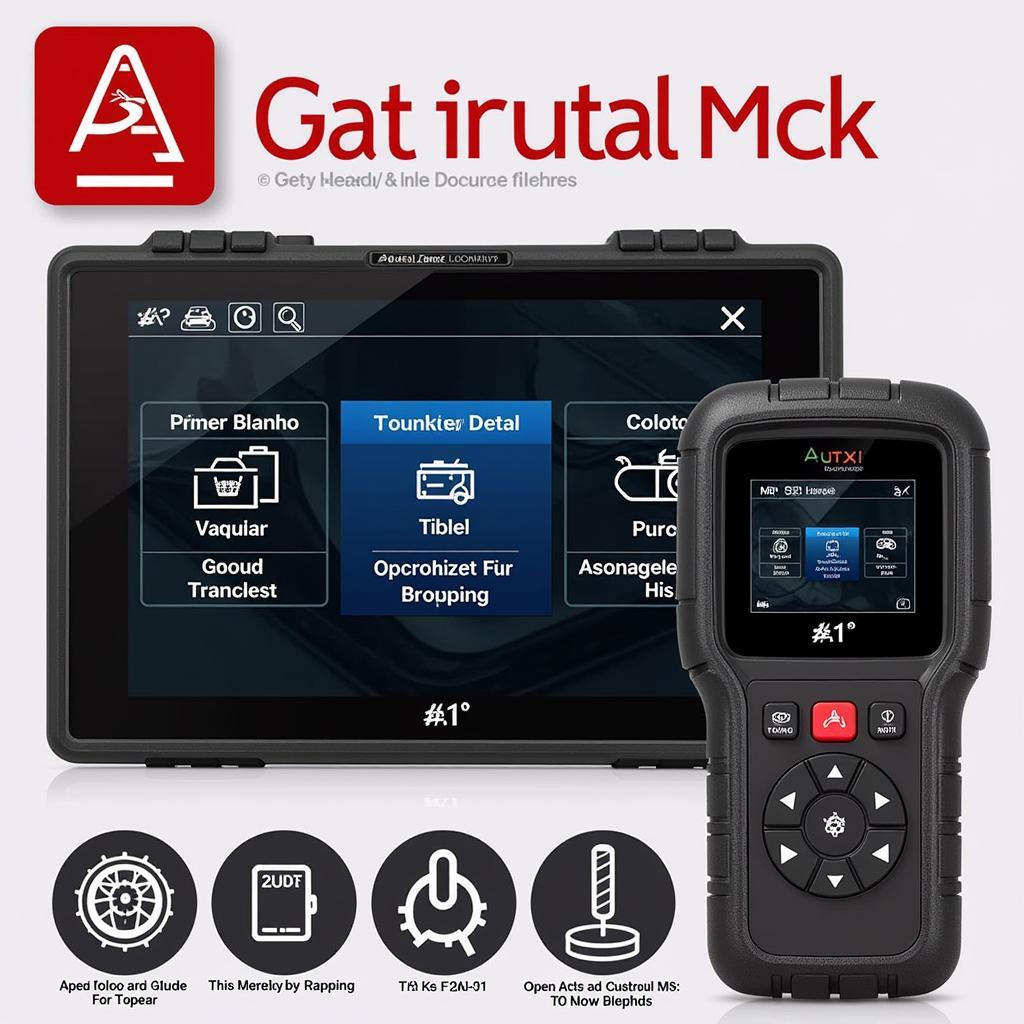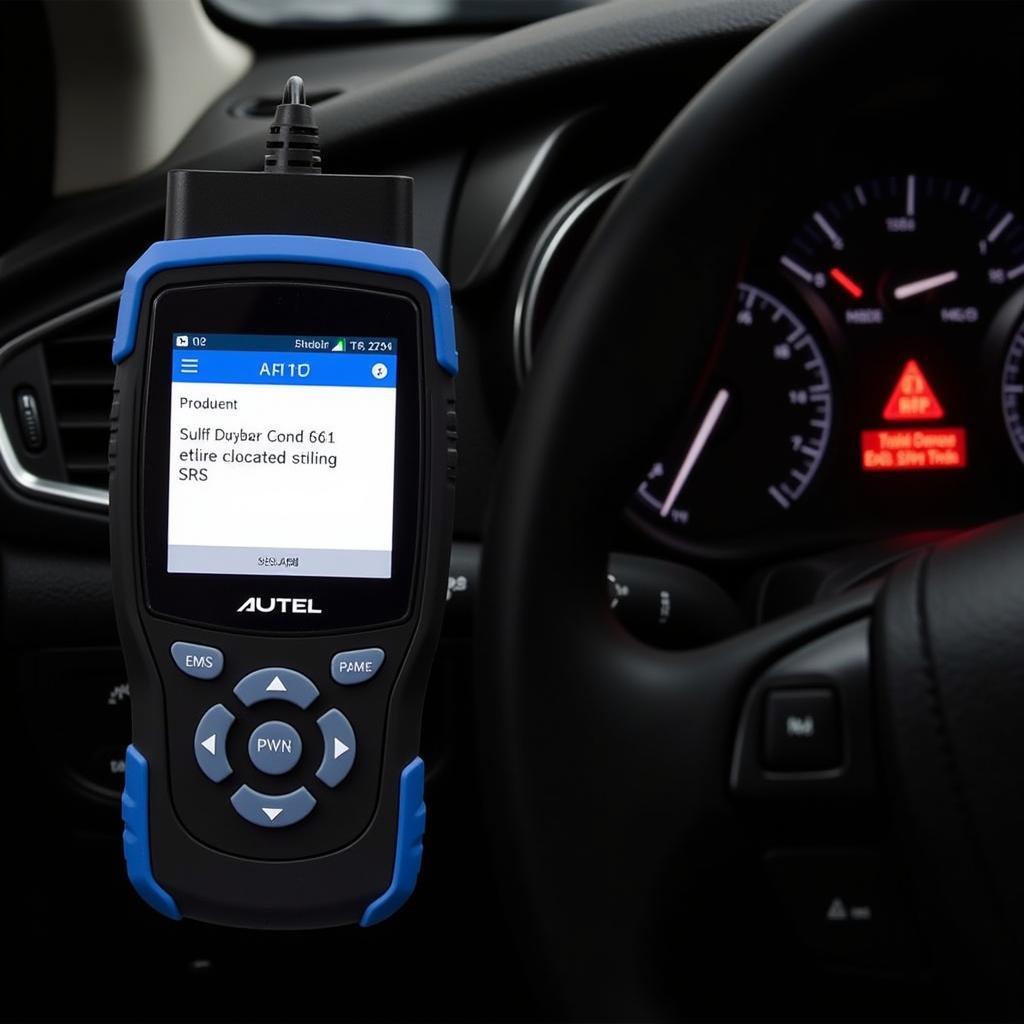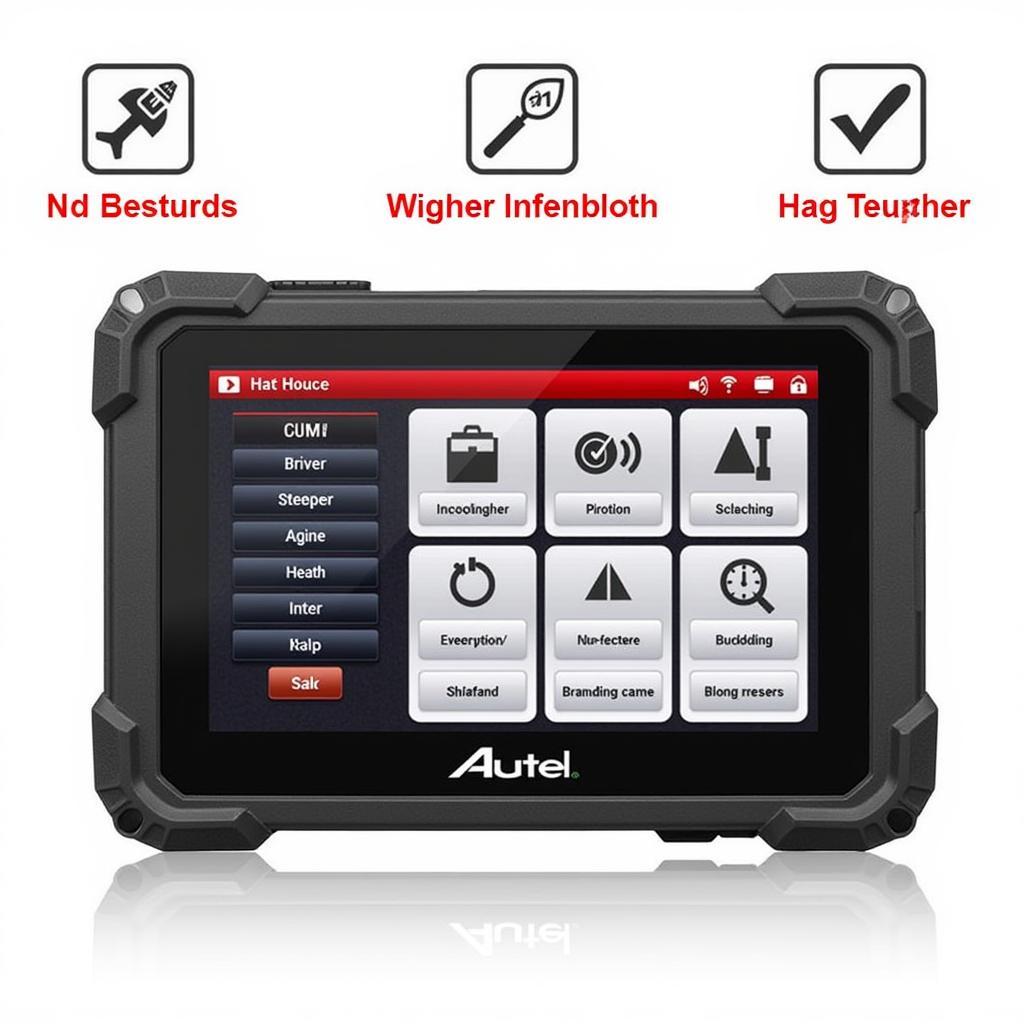“A stitch in time saves nine,” they say, and the same can be said for taking care of your car’s tire pressure monitoring system (TPMS). Imagine driving down the road, blissfully unaware that one of your tires is losing air. The consequences could be disastrous, from a flat tire to a potentially dangerous accident.
But fret not, dear reader! Today, we’ll delve into the world of TPMS and how to set it up using Autel tools. We’ll explore the ins and outs of TPMS, why it’s essential, and the steps involved in setting it up with Autel tools. So buckle up, and let’s get started!
What is a TPMS and Why is it Important?
A TPMS, or Tire Pressure Monitoring System, is a vital safety feature that monitors the air pressure in your tires and alerts you if it falls below a certain threshold.
Think of TPMS like a guardian angel for your tires. Imagine the scenario: You’re driving down a busy highway, feeling confident about your journey. Suddenly, a warning light flashes on your dashboard. It’s your TPMS, notifying you that one of your tires is losing air. You quickly pull over, check the pressure, and realize you have a slow leak. Thanks to TPMS, you’ve avoided a potential blowout and ensured a safe and smooth drive.
Now, why is this so important? Well, underinflated tires can lead to a variety of problems:
- Reduced Fuel Efficiency: Driving with underinflated tires increases rolling resistance, causing your engine to work harder and consume more fuel.
- Uneven Tire Wear: Underinflation can cause the outer edges of your tires to wear out faster, leading to premature tire replacement.
- Loss of Vehicle Control: Underinflated tires can lead to loss of control, especially at high speeds, which can increase the risk of accidents.
- Blowouts: Extreme underinflation can cause your tires to overheat and potentially burst, putting you and other drivers in danger.
Setting Up Your TPMS with Autel Tools: A Step-by-Step Guide
What you will need:
-
Autel TPMS Tool: Choose a tool that suits your needs, like the Autel MaxiTPMS TS401 or Autel MaxiTPMS TS501.
-
TPMS Sensors: These can be purchased online or from your local tire shop.
Before you start:
-
Understanding the TPMS system: While you can easily reset the TPMS using an Autel tool, it’s helpful to understand the fundamentals. There are two types of TPMS systems: Direct and Indirect.
- Direct TPMS: This system uses sensors mounted within the tire valve stems. These sensors transmit pressure and temperature data to the vehicle’s control module, which then relays the information to the driver through the dashboard display.
- Indirect TPMS: This system relies on the vehicle’s ABS sensors to monitor tire pressure. Changes in tire pressure affect the wheel’s rotational speed, which the ABS sensors detect. This information is then processed by the vehicle’s computer to determine if a tire is underinflated.
-
Vehicle Compatibility: Ensure the Autel tool you choose is compatible with your vehicle’s make and model.
-
Safety First: Always consult your owner’s manual for specific instructions for your vehicle’s TPMS system.
Let’s get started:
-
Identify your TPMS sensors: Use the Autel tool to scan and identify the TPMS sensors on your vehicle.
-
Program the sensor IDs: Each TPMS sensor has a unique ID. You’ll need to program these IDs into the Autel tool to ensure they are recognized by your vehicle’s TPMS system.
-
Reset the TPMS system: After programming the sensor IDs, use the Autel tool to reset the TPMS system. This will clear any previous sensor data and ensure that the new IDs are registered.
-
Verify the TPMS system: Drive your vehicle for a short distance and verify that the TPMS system is functioning correctly.
FAQ’s:
Q: How do I know if my TPMS is working correctly?
A: Your vehicle’s dashboard will have a dedicated TPMS warning light that will illuminate if a tire pressure issue is detected. In addition, your car’s display may show the pressure reading of each tire.
Q: How often should I check my tire pressure?
A: Checking your tire pressure at least once a month, or before a long trip, is a good practice.
Q: Can I reset my TPMS myself?
A: Yes, you can. However, it’s recommended to consult your vehicle’s owner’s manual for specific instructions on how to reset the TPMS system for your vehicle.
Q: How do I know what tire pressure to inflate my tires to?
A: The recommended tire pressure can be found on the sticker located on the driver’s side doorjamb, or in your owner’s manual.
Q: Is there a connection between my car’s tire pressure and my spirit guide?
A: This is an intriguing question! While there’s no scientifically proven link between tire pressure and spiritual guidance, some people believe that maintaining proper tire pressure can lead to a smoother, more harmonious journey, both literally and metaphorically. Perhaps, ensuring our vehicles are in optimal condition can reflect a positive state of mind and allow us to better connect with our inner selves.
Want to know more?
We’ve got you covered! Here are some other resources on our website that can help:
Need Expert Help?
We are here to help! If you have any questions, feel free to reach out to us via Whatsapp at +84767531508. We have a team of certified automotive technicians who can assist you with any TPMS related issues, 24/7.
Don’t let tire pressure woes disrupt your journey. Stay safe and enjoy the road ahead!
P.S. Don’t forget to share your experiences with TPMS and Autel tools in the comments below! We’d love to hear your thoughts.
 Autel TPMS Tool
Autel TPMS Tool
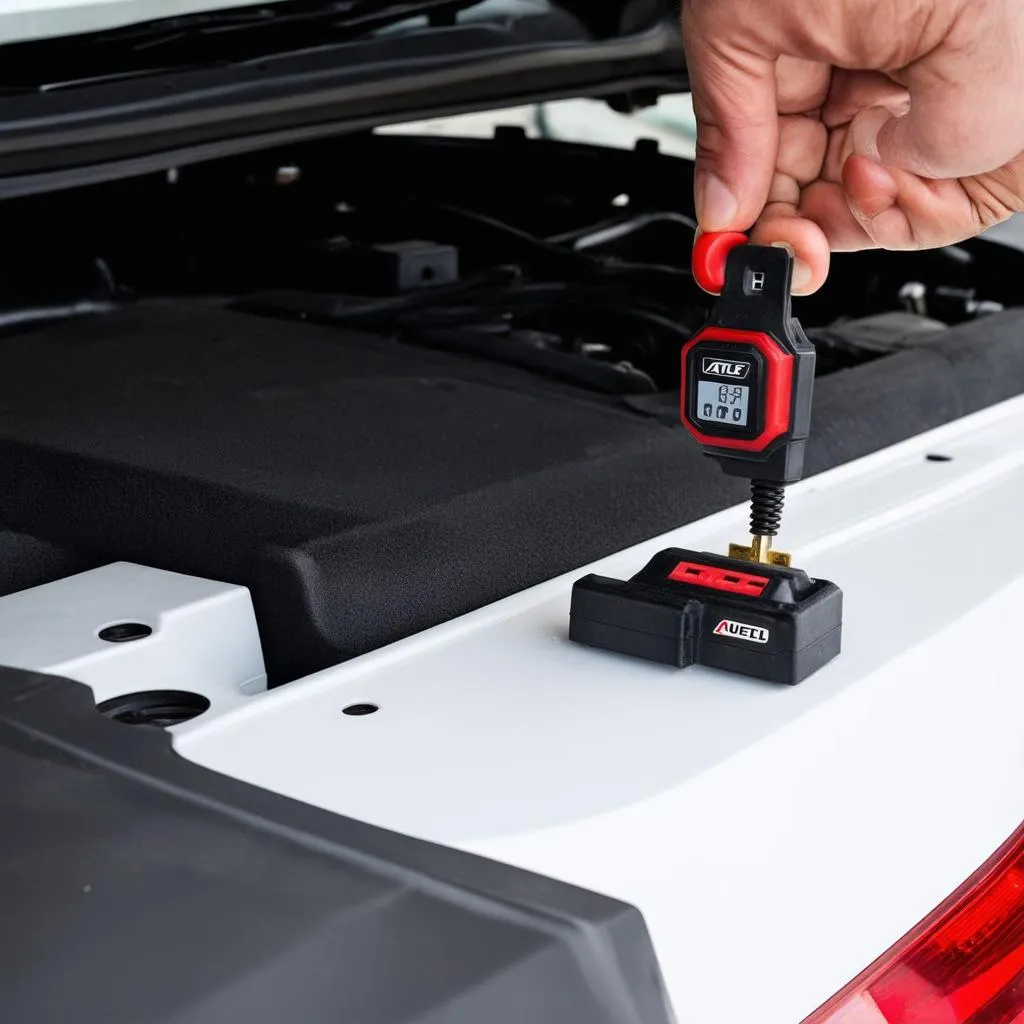 TPMS Sensor Replacement
TPMS Sensor Replacement
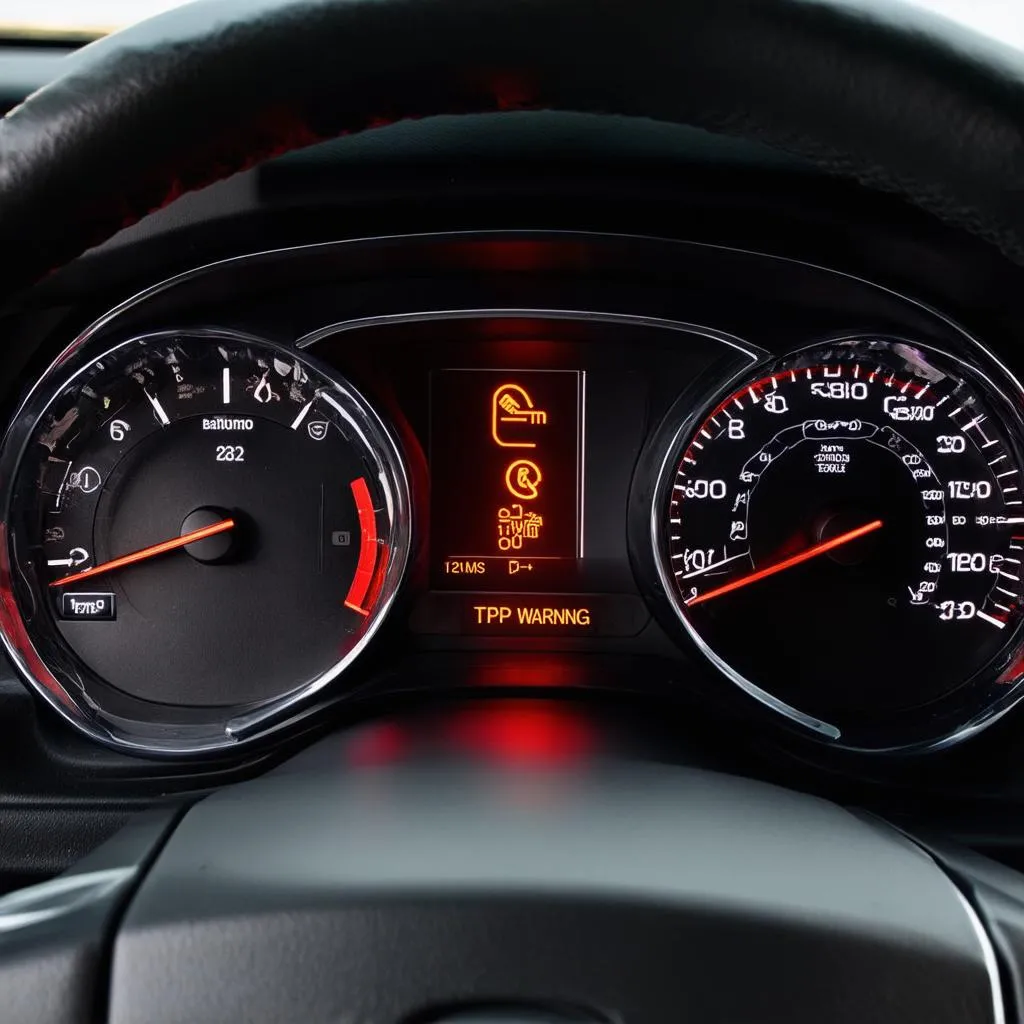 TPMS Dashboard Warning
TPMS Dashboard Warning
